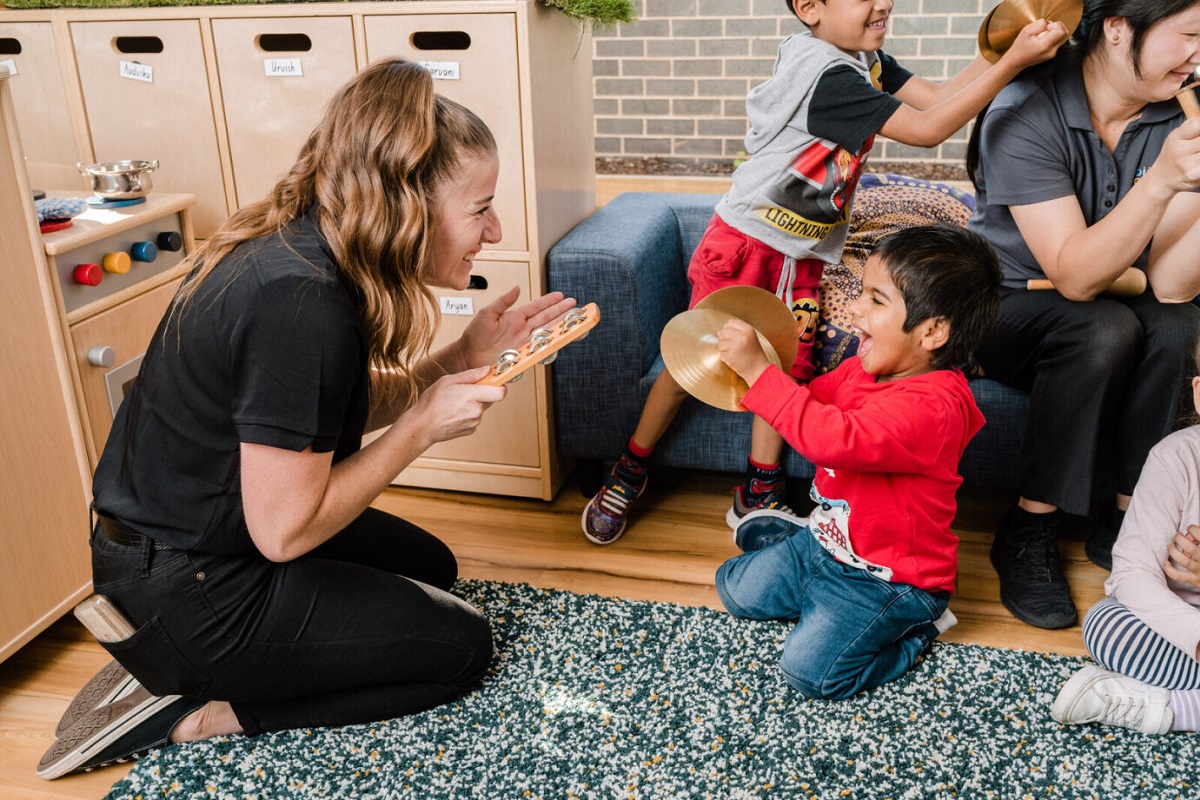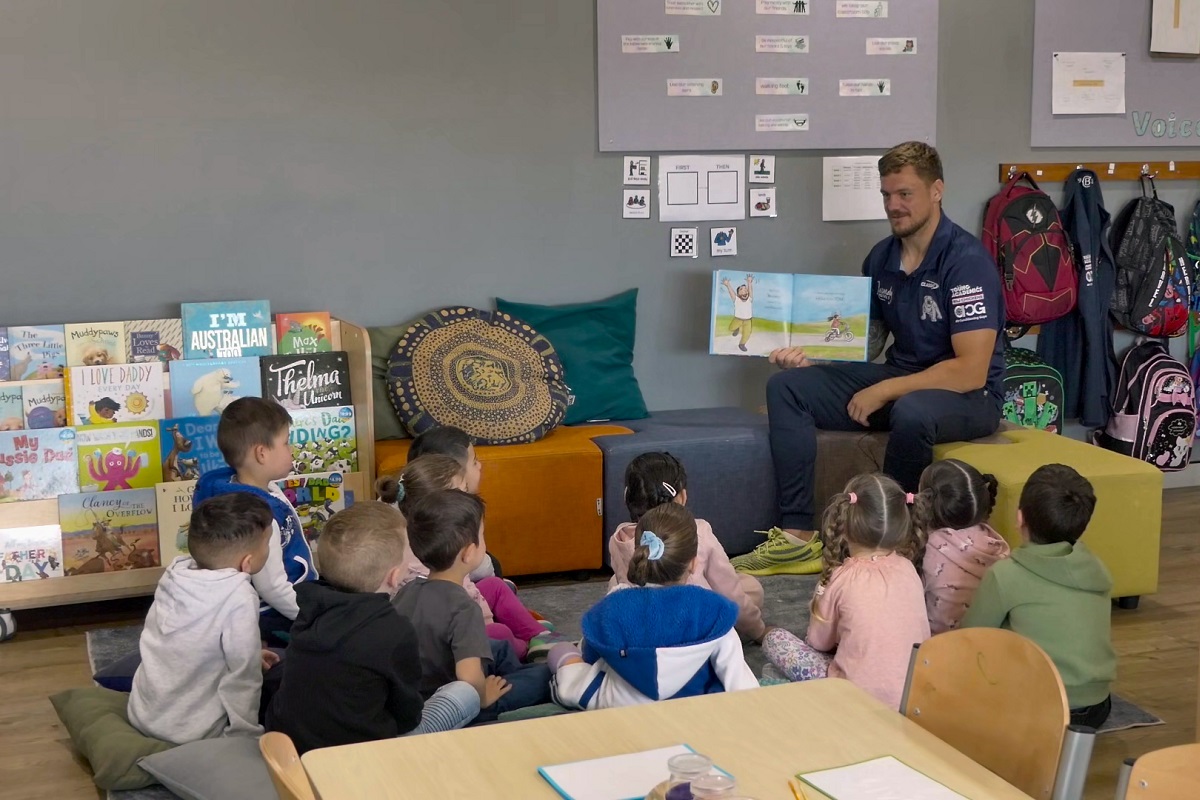In childhood development, the environment in which children grow plays a pivotal role. From the very first steps to the initial words spoken, every milestone is influenced by the surroundings in which these moments unfold. In the world of childcare, the significance of safe and stimulating environments cannot be overstated.
Safety as the cornerstone
Safety is paramount in any childcare setting. A secure environment provides children with the assurance and confidence needed for exploration and learning. From childproofing spaces to attentive supervision, creating a safe haven fosters emotional well-being, enabling children to thrive without unnecessary anxieties. At Young Academics safety is woven into every aspect of our environments. From meticulously childproofed spaces to regular safety assessments, we go above and beyond to create secure spaces for the children entrusted to our care.
Stimulation for Cognitive Development
Recognising the early years as a critical period for brain development, meticulously crafted surroundings should provide a rich and engaging sensory experience for every child. Stimulating environments are catalysts for cognitive growth. Colours, textures, and interactive elements in a child’s surroundings contribute to their sensory experiences, aiding in the development of neural connections. Colourful and interactive learning materials, coupled with a diverse range of educational toys, are strategically integrated our spaces not only capture children’s interest but also promote cognitive growth.
Emotional Nurturing
Children are highly receptive to the emotional atmosphere around them. A safe and supportive environment fosters emotional well-being, allowing children to form secure attachments with caregivers. This emotional security becomes a cornerstone for future relationships and positively influences the child’s social and emotional development. Soft colours, natural lighting, and cosy corners contribute to a calming atmosphere, providing a backdrop for emotional well-being. Educators should be trained to be attuned to the emotional needs of each child, ensuring that the physical environment supports and enhances their emotional experiences. Incorporate elements such as designated quiet areas for introspection and reflection, as well as vibrant play spaces that encourage social interaction and collaboration.
Social Learning Through Play
Play is not just a pastime; it’s a fundamental aspect of childhood that promotes social development. In a secure and stimulating environment, children learn valuable social skills such as cooperation, communication, and conflict resolution through interactive play. These skills lay the groundwork for healthy relationships in the future. Select carefully chosen toys and games that encourage sharing, turn-taking, and problem-solving, creating opportunities for peer-to-peer learning. Whether it’s a group activity in a play corner or an outdoor adventure, physical environments are a canvas for social learning through play, where children not only discover the joy of learning but also cultivate the essential skills needed for positive social interactions and relationship-building.
Encouraging Independence
A safe and stimulating environment encourages children to explore and assert their independence. Child-friendly spaces that allow for age-appropriate decision-making empower children to develop a sense of autonomy and self-confidence. These qualities serve them well as they navigate the challenges of growing up. Low shelves, labelled bins, and accessible materials empower children to take initiative in selecting their activities and tidying up afterward. Outdoor areas can be designed to inspire exploration, with age-appropriate challenges that encourage risk-taking and decision-making. By intentionally creating an environment that values and supports independence the foundation is being laid for each child to develop self-reliance, resilience, and a positive self-image, contributing to their overall growth and development.
Educational Foundations
Childcare settings are not just spaces for supervision; they are early educational environments. By incorporating educational elements into the environment, caregivers can lay the groundwork for a child’s academic journey. Exposure to books, educational games, and diverse learning materials can spark a child’s curiosity and enthusiasm for learning. Every aspect of childcare spaces should be designed to stimulate a child’s curiosity and love for learning. Ensure play areas are carefully curated to incorporate elements that promote early literacy, numeracy, and problem-solving skills. By integrating educational materials seamlessly into your physical surroundings, you’re providing a holistic and enriching experience that lays a strong foundation for a child’s academic success and a lifelong passion for learning.
In childhood, safe and stimulating environments are the threads that weave together a foundation for success. The experiences children have in their early years shape their future in profound ways. By recognising and prioritising the crucial role of these environments in childcare, we not only provide for the well-being of children in the present but also set the stage for a future filled with possibilities and achievements.







